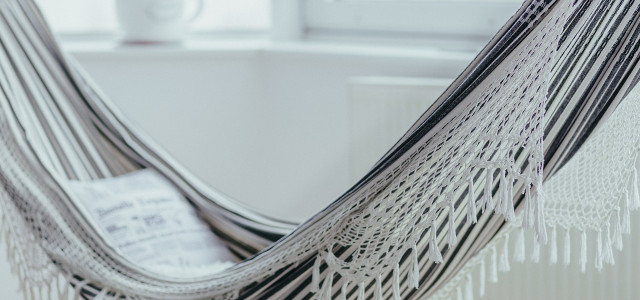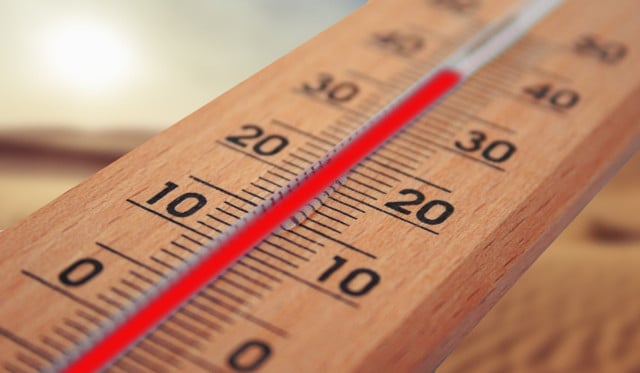
In Spain by far not everyone takes an hour-long siesta break. Nevertheless, the basic idea of the midday rest gives ideas for a daily routine adapted to high temperatures.
It is often said that people in Spain are more relaxed. Every day they leave their work behind in the middle of the day to take a siesta – the traditional afternoon nap. The shops are then closed between around 2 p.m. and 5 p.m., the construction workers have disappeared from the streets, the screens in the offices are dark and the phones are silent.
A study has now been able to debunk the siesta in the sense of the supposedly long afternoon nap as a modern myth: only 18 percent of Spaniards regularly take a nap after lunch. But the basic idea behind an extended midday rest seems understandable: If the heat is too great, productivity suffers.
Origin of the siesta

(Photo: CC0 / Pixabay / geralt)
Due to the warm temperatures, the daily rhythm in many southern European countries is a little different than in Germany. Outdoor activities mainly take place in the early morning hours or late in the evening when it is cooler. There is rest during the siesta. This traditional division of the day has its origins in the south of the country, where it gets so hot in the afternoon that farmers used to not be able to work during this time and therefore went home for a break.
Far from being a lazy slumber, siesta originally was a much-needed escape from the sweltering heat of a summer afternoon.
Since there are now fewer farmers and many buildings are equipped with air conditioning, the siesta has also become less important in Spain. Only a fraction of Spanish workers now return home for a midday break.
By the way: The southern Italian counterpart to the siesta is the “controra”. This is the time from noon to around 4 p.m. when some shops close because of the summer heat, for example in Puglia.
Benefits of a siesta

(Photo: CC0 / Pixabay / 0fjd125gk87)
It was found that a short nap during the day can have a positive effect on learning and performance: researchers found a connection between a regular nap during the day and a larger total brain volume. This may indicate that habitual napping offers some protection against neurodegeneration (which can lead to dementia, for example) by compensating for poor sleep.
In another study, subjects who slept for an hour after lunch performed better on learning tests than those who stayed up all afternoon.
Even if very few people actually lie down to sleep during a siesta, ideas can be derived from the concept on how to make the daily routine healthier in the face of heat and high levels of UV radiation and ozone in summer. Because these extreme weather events can have negative consequences for health and productivity:
- According to the Federal Environment Agency, heat leads to decreased concentration, making us more prone to mistakes and accidents and less productive. Extremely high temperatures also pose health risks such as dehydration, heat stroke and exhaustion. By the way: The greatest heat of the day usually does not fall directly at midday – that too is a myth. The highest temperatures are often only measured between 4 p.m. and 6 p.m.
- However, UV radiation is usually strongest around midday. A high UV index means that sunburn can occur more quickly if the skin is unprotected.
- According to the Federal Environment Agency, ozone pollution is at its highest between 2 p.m. and 5 p.m. Ozone is a trace gas and the main component of what is known as “summer smog”: a mixture of pollutants that forms when there is intense solar radiation and can have harmful effects on people, animals and the environment.
Siesta for half a day?
You will probably not be able to take a siesta during a prolonged hot spell from midday, when UV radiation is strongest, to evening, when the heat is greatest. But you can try to plan your daily tasks and activities in a way that doesn’t put you under too much stress.
That means doing work and activities that take place outside, preferably in the early morning or late evening when temperatures, UV radiation and ozone exposure are lower. Midday and afternoon, on the other hand, are good for things you can do indoors. Admittedly, it can also get very hot there, for example if you live in an attic apartment. In order to still be productive, there are tips on how to cool down your home in summer:
- 7 tips to cool a loft
- Room cooler: This is how efficiently they cool compared to air conditioning and fans
- Cooling your home without air conditioning – tips and tricks
- Cool down without air conditioning – you can do that against heat in the apartment
Read more on Techzle.com:
- Midday heat, showers, forest fires: 5 heat myths put to the test
- Drinking alcohol when it’s hot: why it’s not a good idea
- What helps better in the heat: cold or warm drinks?